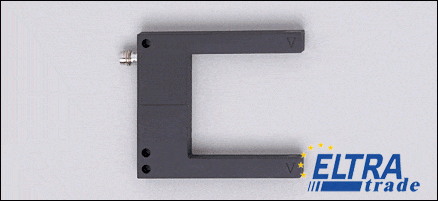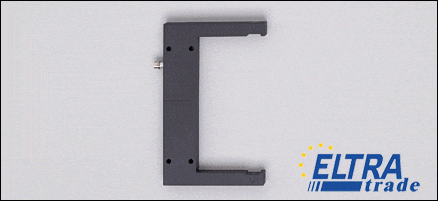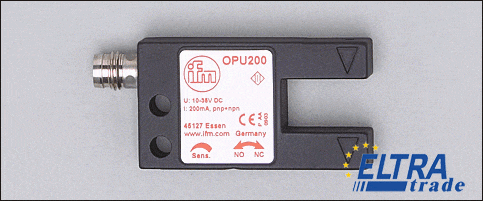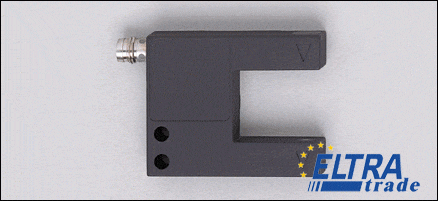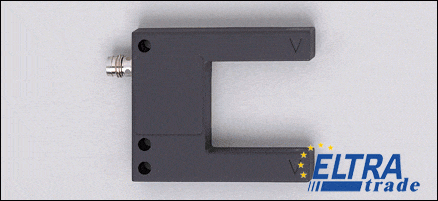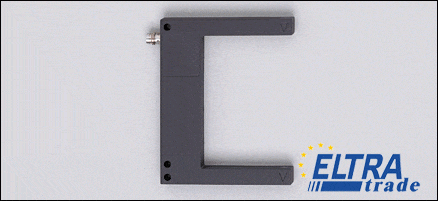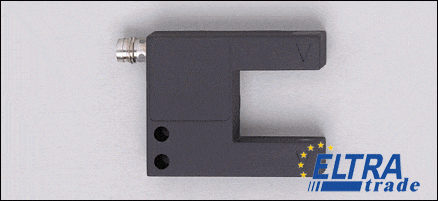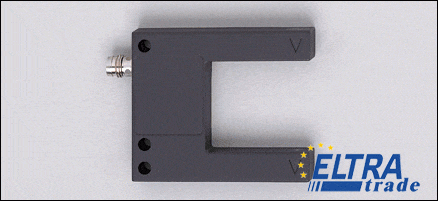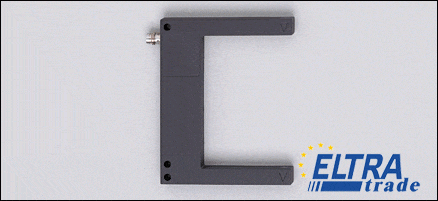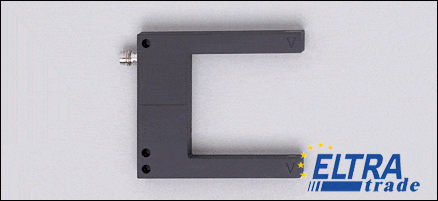IFM Fork sensors
DC PNP, Connector
DC PNP, Connector
DC PNP, Visible laser light, LASER CLASS 1, Connector
The industrial working uses stickers of different sizes, materials and textures, which are applied to products or industrial plants using labeling machines. Label closing accuracy is very substantial in this operation. Tally placement and exact stationing of the tally on the commodity or launch must be done even at big conveyor speeds. To attain near invisibility, it is important that the labels are reliably identified.
This is where fork sensors come to the rescue. Fork sensors combine the receiver and receiver into one device and therefore have a high explosive reliability. They stand for ease of installation out of the necessity for leveling, in addition lofty sensibility.
What are fork actuators?
Fork sensors are devices that have their own resonant frequency. When liquid enters the cavity of the plug, the sensors change the frequency, which is fixed by the built-in integrated signal processing circuit. As a result, the sensor changes its output state.
Scope of application
- regulate the opening and closing of doors;
- escalator movement;
- the passage of goods endwise the transporter strap.
Privileges
Usage of fork sensors is due to a number of advantages and features. The main ones are:
- photovoltaic models have a higher range than other types of systems (inductive, capacitive, magnetic, hypersonic);
- photosensors have the highest sensitivity even in the smallest case size, which allows solving any problems;
- plug-in electrical devices are well suited for placement in areas with limited space between the receiver and transmitter;
- after installing the sensors, no alignment of the optical axes is required.
Fork transducers merger sender and receptacle in a solus body, destruction the want for time-expenditure leveling. The transmitter and receiver are perfectly aligned with each other. This guarantees lofty process reliability. In supplementation, bracket reflective photoelectric sensors are immune to ambient light. By union sender and receptacle in one housing, the gab actuators are rapid and easy to install and are instantly prepared for employ. Separate assembling materials are not necessary; the electric connection is limited to one instrument. The major choice of sundry fork sizes, easy installation and very big process safety are simply some of the benefits of IFM fork sensors.
IFM Photoelectric fork sensors
Optic slot transducers
- Quick setup: no need to adjust transmitter and receiver
- Fine and precise light beam across the full width of the yoke actuator
- Metal corps prevents misalignment
- Light/dark mode switchable via rotary switch
- Easy setting with potentiometer
Visual prong and corner detectors are spent to discover so little facilities and for counting tasks in feeding, assembly and handling processes. Other uses: Tape edge and direction control. The sensors are characterized by a high switching frequency and a very thin and precise light beam. This allows reliable detection of high-speed processes.
The housing made of damage-resistant zinc ensures long-term stability of the optical axes. There is no need to adjust the transmitter to the receiver, since they are already tuned to each other. The sensitivity can be intuitively established utilization the potentiometer. The irradiation/dark regime can be switched using the rotary switch.
Eltra Trade offer the best prices for IFM Fork Sensors and other equipment of this brand. Contact our managers to get a quote.
